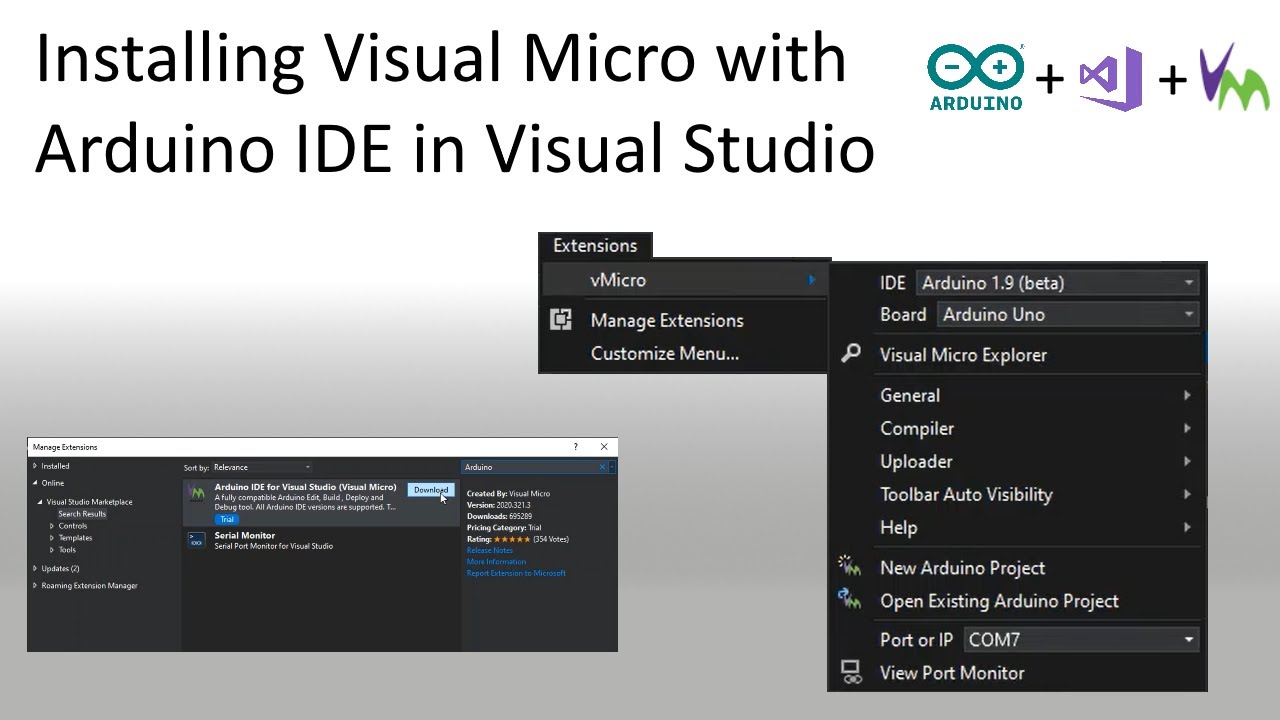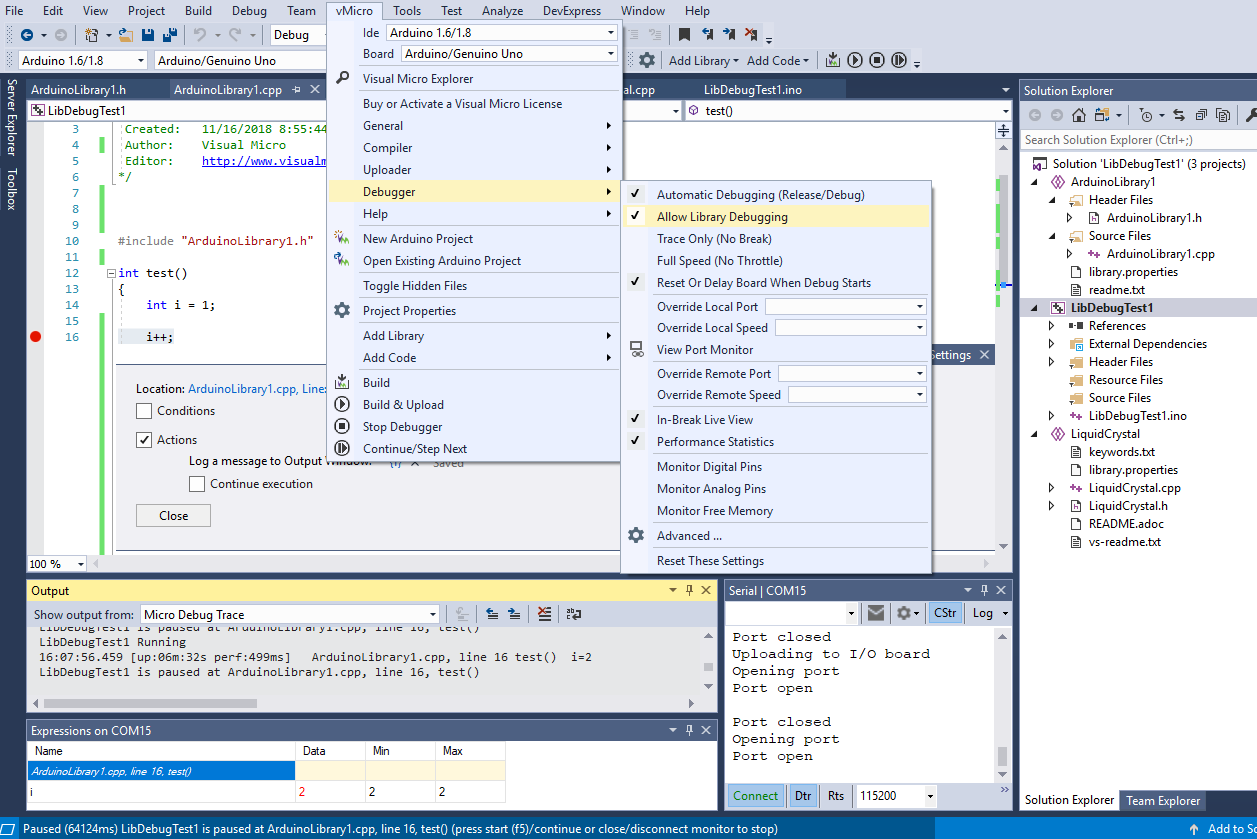

Visual Micro For Arduino Code Completion And
Install an old version of Visual Micro, from the time it was freeware. Visual Micro will keep on." IDE features such as:- see/edit library sources, jump to code definition, jump to compiler error, class explorer, intellisense, remembers board and Arduino version per project, code completion and a super fast compiler make learning and programming Arduino faster and easier."First, we need to download VS 2015 Community, you can get it here:Be sure to choose the left most option button.Now for Setup of VS 2015 Community, This is an Important note from the Visual Micro Site:Visual Micro requires C++ to be installed as a Visual Studio language. If you did not activate C++ when you installed Visual Studio, click "Download" and follow the instructions on that page to add C++ to your Visual Studio installation. Visual Studio Code extension for Arduino. Welcome to the Visual Studio Code extension for Arduino preview The Arduino extension makes it easy to develop, build, deploy and debug your Arduino sketches in Visual Studio Code, with a rich set of functionalities. These include: IntelliSense and syntax highlighting for Arduino sketchesIt supports Visual Studio 2012-2017 (with C++ installed) and Atmel Studio 7.This software enables you to develop and upload projects to any Arduino board, and.In this post I will explain out how to setup, Visual Studio 2015 Community Edition and Visual Micro, the plug-in that allows users to code INO files like a Professional.Visual Micro Arduino Compatible IDE for Visual Studio and Atmel Studio.
If you are already using an AVR-based Arduino board, follow the instructions in this tutorial to enable and disable the debug mode. For all new designs, we recommend using ARM-based or ESP32-based devices that don’t have this limitation. Enabling the debug mode makes regular FLASH programming via bootloader unusable disabling it makes the debugging impossible. AVR Dragon) and follow our basic Arduino tutorial to create a simple project.Warning: due to the limitations of the AVR architecture, the AVR devices need to be explicitly switched between the production mode (DWEN fuse not set) and the debug mode (DWEN fuse set). Before you begin, install VisualGDB 5.4 Preview 4 or later, get an AVR debug probe (e.g.
Connect your AVR debug probe to the ICSP connector on the Arduino Uno board: Installing the jumper will prevent debugging, but will restore the original bootloader functionality. Then solder a pair of jumper terminals to the pads: As long as the jumper is not installed, the board can be debugged using an AVR debug probe, however programming FLASH memory via a bootloder won’t work. Locate the “RESET-EN” pad on the board (see the schematic) and cut the line between the 2 pads. Before we proceed with debugging, we need to modify the board to allow disconnecting the capacitor.
Then set the “HIGH.DWEN” fuse and click “Program”: Select your AVR probe and the device (ATmega328P for AVR Uno) and click “Apply”: The easiest way to do this is via the Tools->Device Programming command in Atmel Studio:




 0 kommentar(er)
0 kommentar(er)
